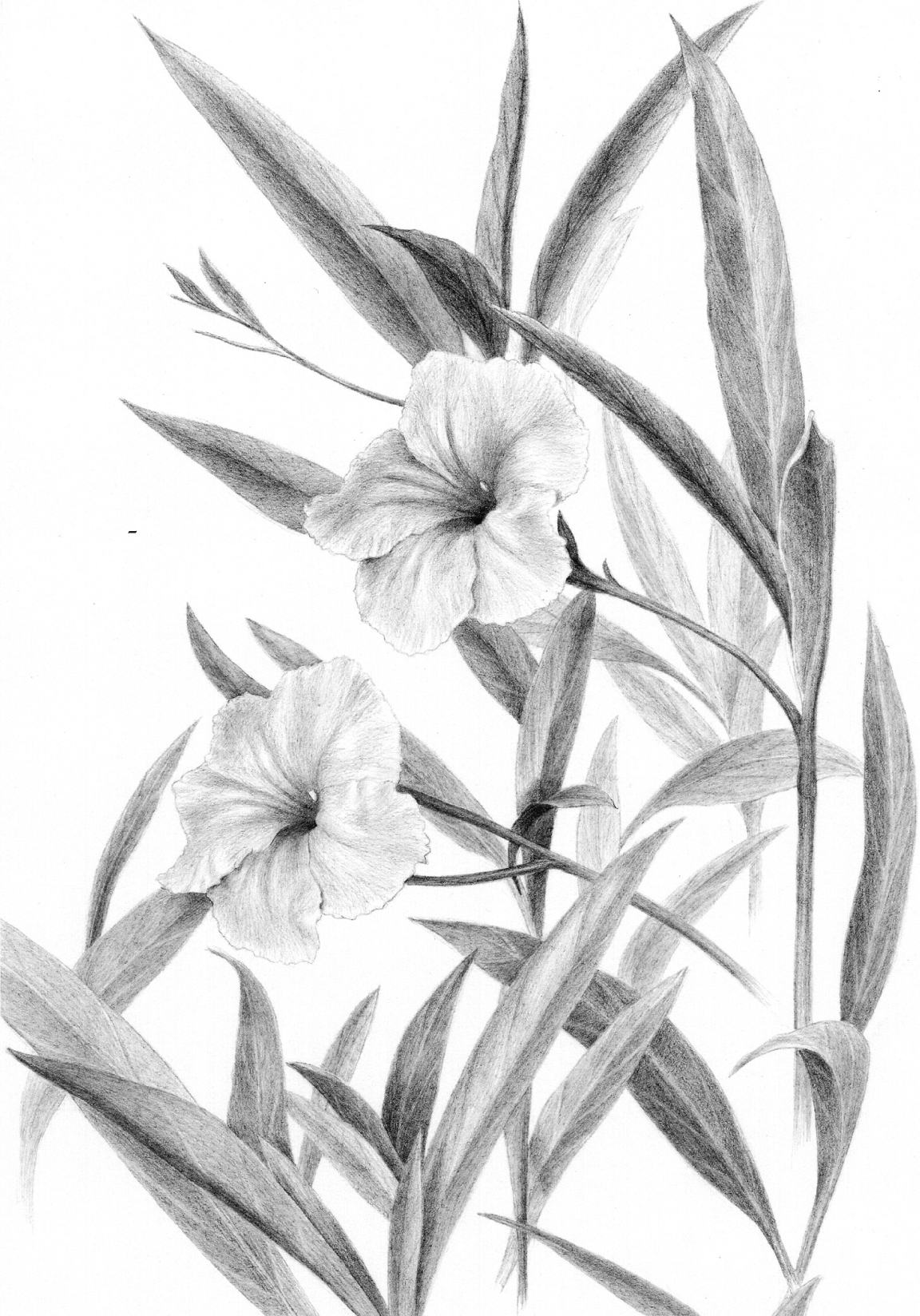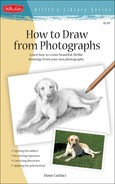When artists view the world, they see inspiration at every turn—from an arrangement of fruit at the market to the way the rain is glistening off cars in the rain. But with the hectic pace of modern life, it’s not always possible to come to a screeching halt in order to depict whatever inspiration you’ve encountered. Keeping a camera at your side is the next best thing—it captures the moment for you, pausing the action and recording all the visual details for your use at a more convenient time, when you too have time to stop.
We are very lucky to live in an age where taking photographs is so easy. From inexpensive pocket-sized digital cameras to the more costly professional single-lens reflex (SLR) cameras, there is a device to suit every artist. Digital cameras allow us to take a large quantity of photos without regard to the cost of film or processing. And with the advancement of automated point-and-shoot technology, one need not even fear the technical side of photography! Today, the artist who does not take advantage of this amazing tool in pursuing his/her individual vision is rare indeed.
Photographs can be a great asset to the artist—but as wonderful a tool as the camera is, it is important for us to remember that too much reliance on the photograph can interfere with the artistic process.
In spite of the ease of use of many cameras, it is still important to learn some basic skills to properly capture an artistic subject—and also to interpret that subject before taking it from the photo to the page. In this book, I’ll show you some of the many ways that photographs can be an asset to the artist, as well as helping you avoid some common pitfalls. So let’s take a look at how this very modern tool can help with a timeless art!

